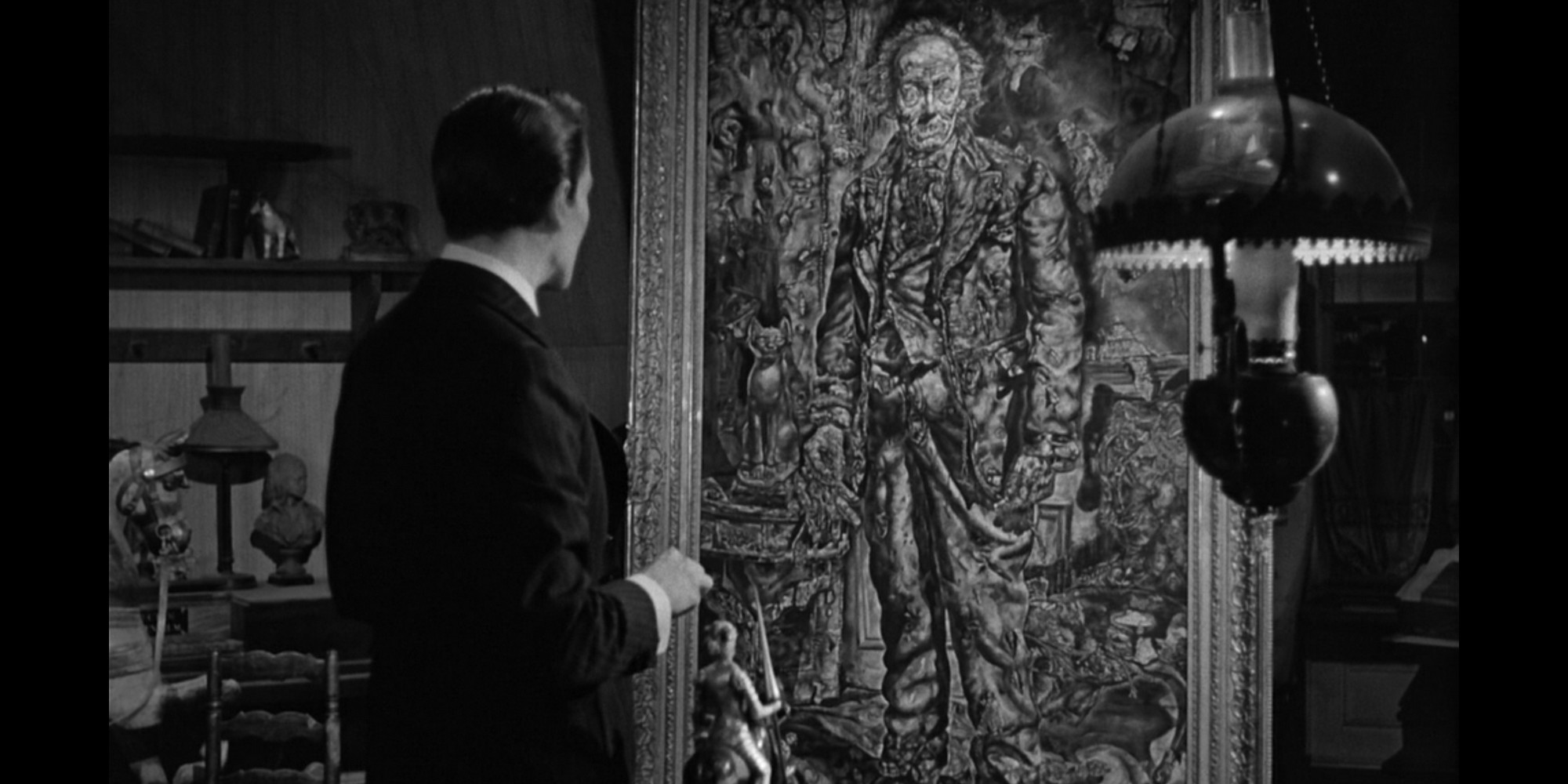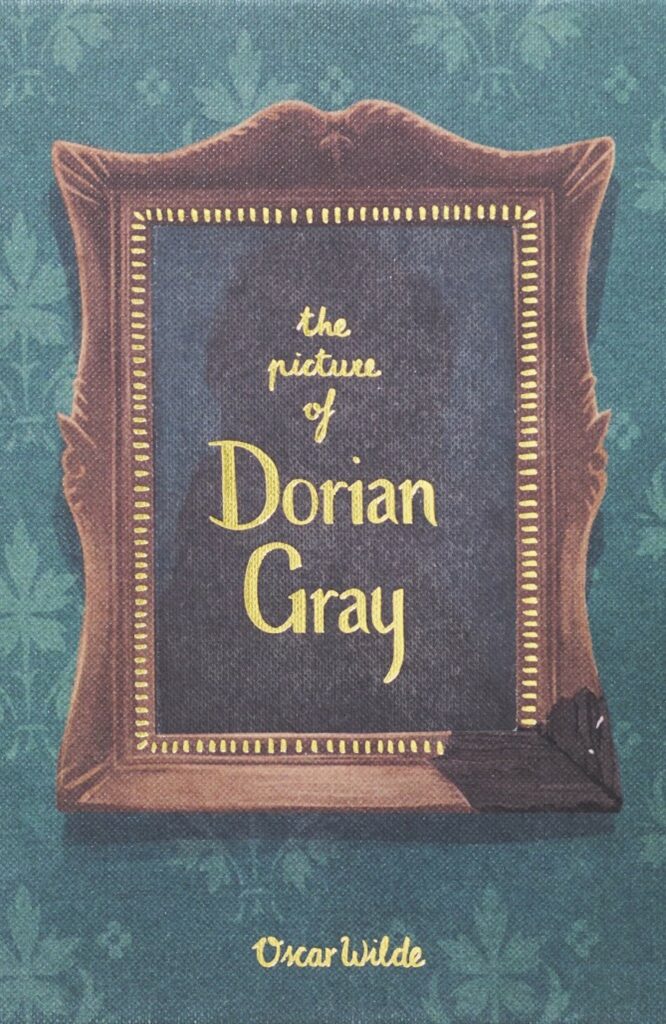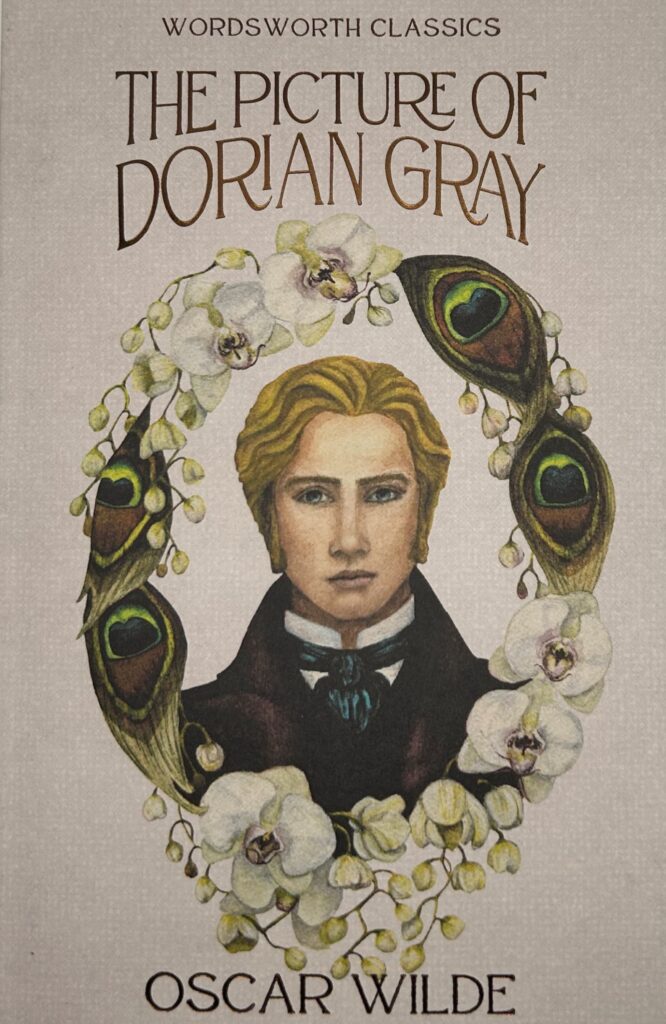
David Stuart Davies looks at The Picture of Dorian Gray
David Stuart Davies looks at Oscar Wilde’s only novel, The Picture of Dorian Gray.
Surprisingly, The Picture of Dorian Gray is Oscar Wilde’s only novel. Today he is remembered primarily as a brilliant, witty and indeed notorious playwright. His sparkling and highly successful comedies such as The Importance of Being Earnest, Lady Windermere’s Fan and A Woman of No Importance thrilled and enchanted theatregoers in the 1890s. However, his first foray into writing a full-length novel caused controversy and censure. It was heavily attacked for its daring presentation of homosexual themes and debauchery. The critics, who frothed at the mouth as they read it, believed that the corrupt world it represented was the one that the author inhabited as well.
Oscar Wilde was one of the gods of the aesthetic movement which believed that art should be devoted solely to an expression of beauty and in the novel, it is the beauty of the gilded youth Dorian that captures the heart of both the painter Basil Hallward and Lord Henry Wotton. A work of art is timeless, a point made chillingly in the key scene where Dorian sees his freshly painted portrait for the first time:
‘How sad it is! I shall grow old, and horrible, and dreadful. But this picture will remain always young. It will never be older than this particular day of June… If only it was the other way. If it were I who was to be forever young, and the picture was to grow old.’ And then Dorian adds the clinching Faustian touch: ‘For that – for that – I would give my soul for that!’
The novel first appeared in serialised form in Lippincott’s magazine in 1890 and prompted a flurry of condemnatory articles and letters to the press. This amused Wilde tremendously, believing the notion that all publicity is good publicity, but he did take the public furore into account when revising the text for book publication, adding some lighter scenes and imbuing the novel with a more moral tone. Wilde ameliorated the homoerotic references, to simplify the moral message of the story. In the magazine edition, Basil tells Lord Henry how he ‘worships’ Dorian, and begs him not to ‘take away the one person that makes my life absolutely lovely to me.’. The emphasis here is on love, whereas, in the book edition (1891), Basil concentrates upon his art, saying to Lord Henry, ‘the one person who gives my art whatever charm it may possess: my life as an artist depends on him.’
The longer and revised version featured a preface in which Wilde presented a defence of the artist’s right to explore all areas of humanity and champions the idea of art for art’s sake.
The Picture of Dorian Gray remains an unsettling read which not only reveals the sordid underbelly of the monied classes of Victorian society but introduces a chilling supernatural element, which is remarkably convincing and one of the main reasons why the book continues to fascinate and engross readers. Remarkably, this Gothic element blends in effectively with the other aspects of the narrative: it is part melodrama, with its depictions of the family of Sybil Vane and her brother’s overwhelming desire for revenge. It is a part artistic statement, part comedy, rife with Wilde witticisms, and part moral fable. The fact that Wilde was able to blend these disparate elements effectively into an engrossing tale is a testament to his genius.
Dorian becomes a symbol of what Wilde saw as Victorian hypocrisy. Moral duplicity and self-indulgence are evident in Dorian’s patronising of the opium dens of London. Wilde conflates the images of the upper-class man and lower-class man in Dorian Gray, a gentleman slumming for strong entertainment in the poor parts of the city. He enjoyed ‘keenly the terrible pleasure of a double life’, a fact demonstrated by him attending a high-society party only twenty-four hours after committing a murder.
Earlier Lord Henry had observed that: ‘Crime belongs exclusively to the lower orders. … I should fancy that crime was to them what art is to us, simply a method of procuring extraordinary sensations.’ This assessment implies that Dorian is two men, a refined aesthete and a coarse criminal. That authorial observation is a thematic link to the double life recounted in The Strange Case of Dr Jekyll and Mr Hyde (1886), by Robert Louis Stevenson, a novella greatly admired by Oscar Wilde.
Just a few years after its publication the book and the aesthetic/moral dilemma it presented became issues in the trials occasioned by Wilde’s homosexual liaisons, which resulted in his imprisonment. Regarding The Picture of Dorian Gray, Wilde noted in a letter, ‘Basil Hallward is what I think I am: Lord Henry what the world thinks me: Dorian what I would like to be – in other ages, perhaps.’
There have been many dramatised versions of the novel on stage, radio and film, including a number of musical versions. However, despite a little tampering with the plot, the 1945 version filmed in Hollywood still remains head and shoulders above the rest both in the casting of the characters and the skill in capturing the essence of Wilde’s ideas and his world. The film, directed by Albert Lewin, starred Hurd Hatfield as Dorian, George Sanders as Henry Wotton and Angela Lansbury as Sibyl Vane. Lansbury was nominated for the Academy Award for Best Supporting Actress. The film won the Academy Award for Best Cinematography and is remarkable for its crisp black-and-white photography, and a handful of technicolour shots of the portrait, which was painted originally by Henrique Medina. Ivan Albright was then given the task to age the painting during the production to show the decay of Dorian’s soul while his exterior remained unblemished. The picture took Albright a year to finish and currently hangs at the Art Institute of Chicago.
It is true to say that initially, the novel appalled many, with one reviewer asking ‘Why must Oscar Wilde ‘go grubbing in muck-heaps?’. But today The Picture of Dorian is regarded, quite rightly in my view, as a masterpiece, a work that is both disturbing, thrilling and beautiful.
Books associated with this article

The Picture of Dorian Gray (Collector’s Edition)
Oscar Wilde
